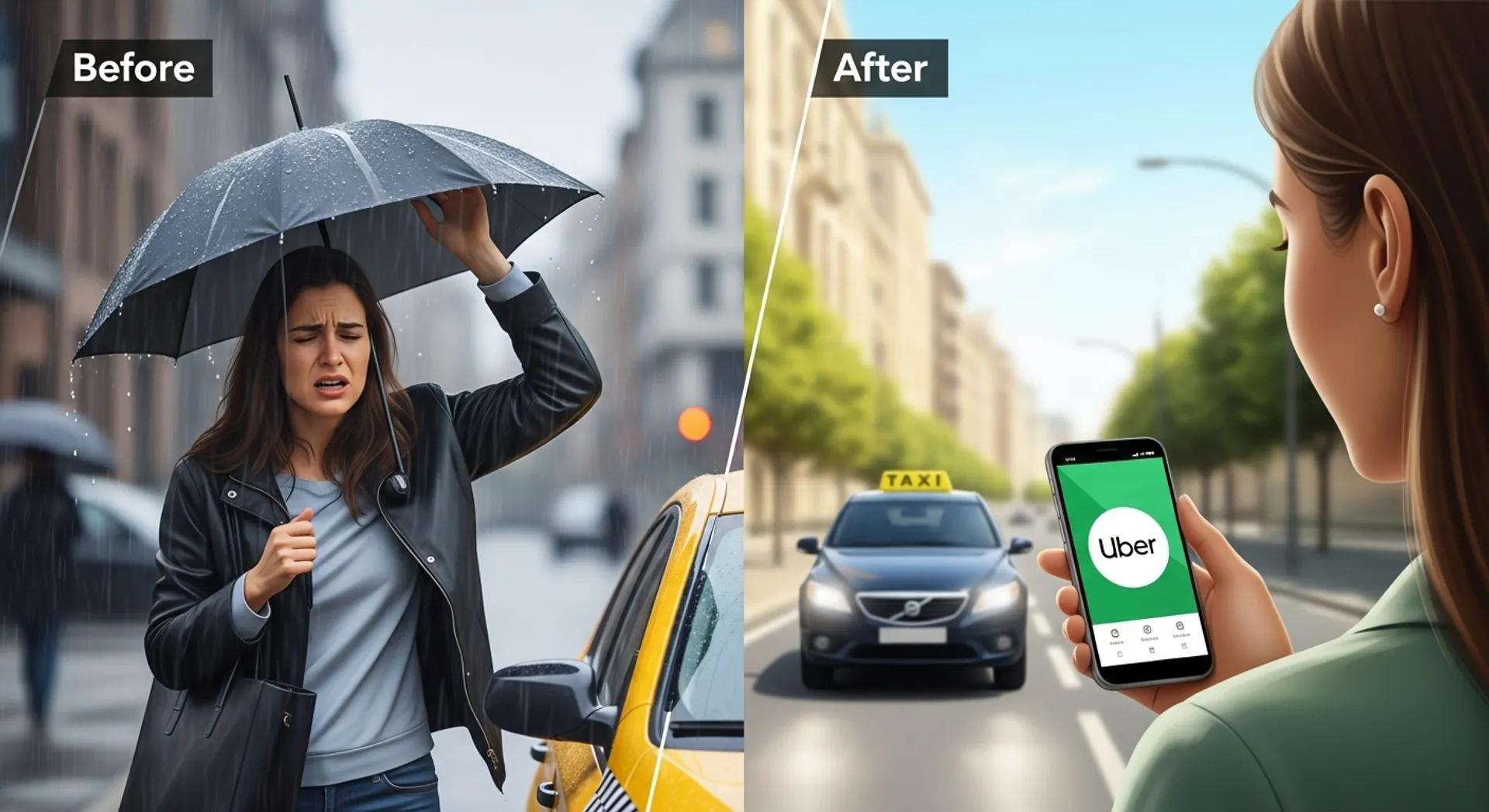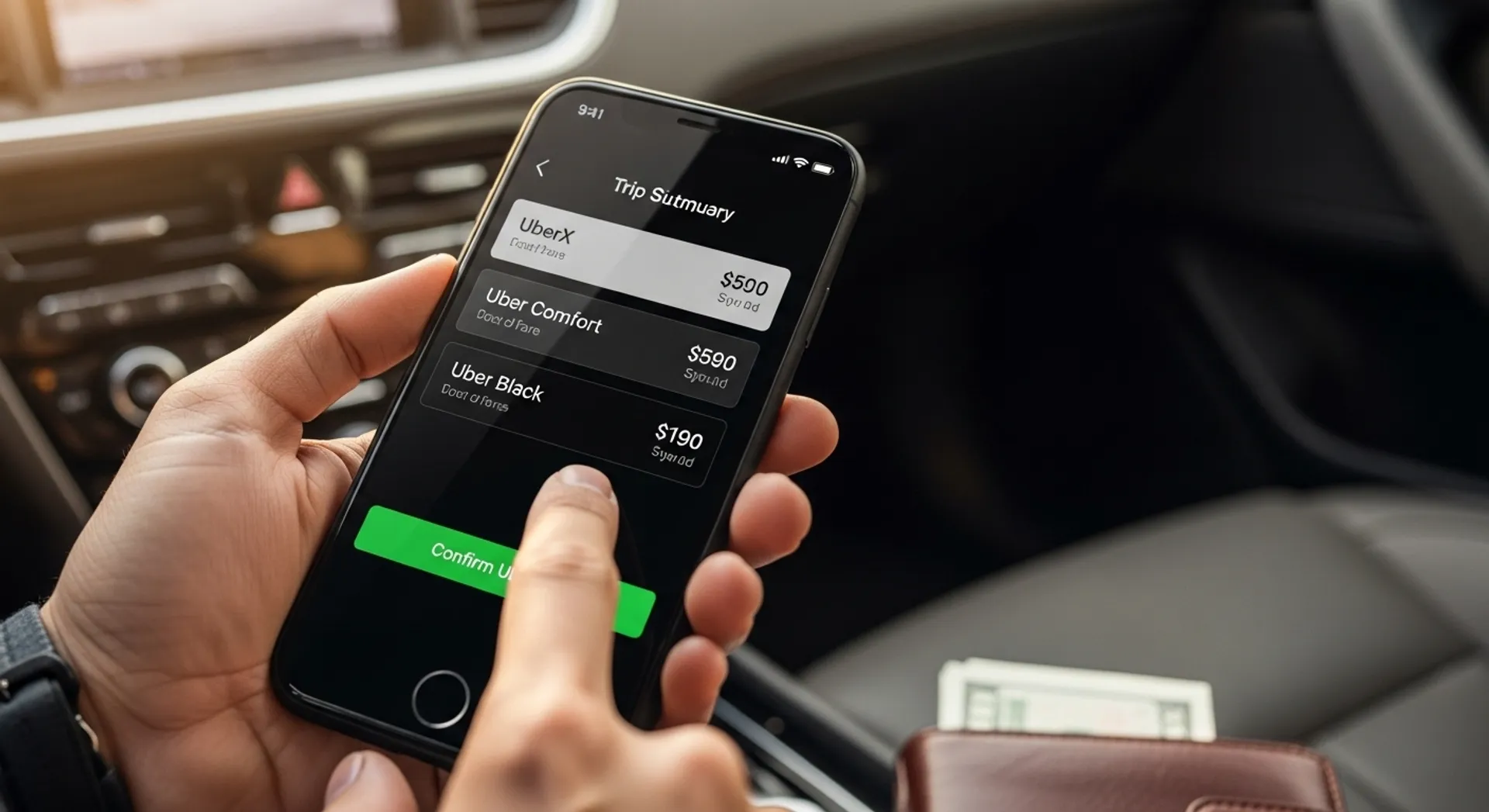Why Uber is shifting from “Green” to “Electric”
Recently, Uber announced that its “Uber Green” service has been rebranded to Uber Electric, signaling a stronger commitment to zero-emission rides.
This change is not just cosmetic — the service is now exclusively electric vehicles (EVs) in the markets where it was already operating as a green/hybrid option, reflecting the shift away from hybrids or petrol vehicles.
Major updates & incentives for drivers
$4,000 “Go Electric” grant program
To encourage drivers to switch to EVs, Uber launched a grant program awarding **US$4,000** to drivers purchasing a new or used electric vehicle.
At launch, the program is available in selected U.S. states including California, New York, Colorado, and Massachusetts.
Additional incentives & features
Drivers who acquire an EV through certain marketplaces (for example via TrueCar) may receive an additional US$1,000 incentive.
Uber is also expanding its battery-aware matching (BAM) feature: the system will take into account the remaining battery range to match drivers only with trips that the EV can complete safely.
This reduces range-anxiety for EV drivers and helps avoid being matched with trips that exceed the current battery’s limits.
Benefits and implications for riders
For riders, the rebrand to Uber Electric means that when they select the “Electric” option, they are choosing a completely zero-emission ride in those markets.
To encourage adoption, Uber is offering promotional discounts — for example, riders get 20% off (up to a certain amount) on their next Electric ride.
This helps reduce the cost barrier for riders trying out EV rides.
Strategic & innovation context
Scaling EV adoption among drivers
Uber claims that its drivers are adopting EVs up to 5× faster than the average motorist in markets like the U.S., Canada, and Europe.
Globally, the driver base of EVs is already large — with over 200,000 EVs being used on the Uber platform.
That scale helps the platform move toward its environmental goal of full zero-emission rides in the future.
Positioning in sustainability & competition
By doubling down on EV rides, Uber strengthens its positioning as a sustainable mobility provider, aligning with regulatory pressures and rider preferences for cleaner transport.
It also may provide competitive advantage versus other rideshare or taxi services that still rely on internal combustion vehicles.
Challenges & considerations
Infrastructure & battery constraints
Even with battery-aware matching, drivers still depend on charging infrastructure, charging time, and range limitations. In many markets, charging stations or high electricity costs may affect driver profitability or availability.
Driver adoption barriers
Although grants reduce initial cost, EVs often have higher purchase costs, or require different maintenance/training. Some drivers may remain hesitant if local incentives or operational conditions are not favorable.
What’s next for Uber riders & drivers?
With this rebrand and incentive push, riders can expect more EV options in more cities, cleaner rides, and promotional discounts. Drivers may see new earning opportunities with EV grants and improved matching tools.
Conclusion
The shift from Uber Green to Uber Electric marks a significant step in Uber’s broader mobility transformation — more sustainable rides, better tools for drivers, and incentives to accelerate EV adoption.
Keep an eye on local rollout in your city — both riders and drivers stand to benefit from this evolution.








